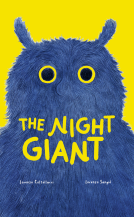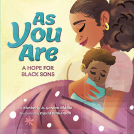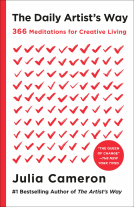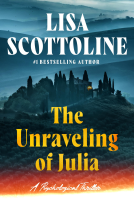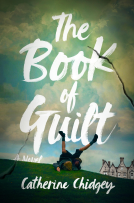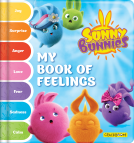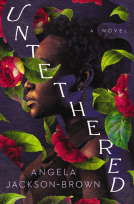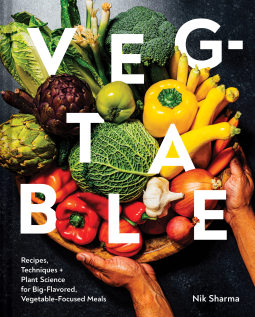
Veg-table
Recipes, Techniques, and Plant Science for Big-Flavored, Vegetable-Focused Meals
by Nik Sharma
This title was previously available on NetGalley and is now archived.
Send NetGalley books directly to your Kindle or Kindle app
1
To read on a Kindle or Kindle app, please add kindle@netgalley.com as an approved email address to receive files in your Amazon account. Click here for step-by-step instructions.
2
Also find your Kindle email address within your Amazon account, and enter it here.
Pub Date Oct 24 2023 | Archive Date Oct 23 2023
Talking about this book? Use #Vegtable #NetGalley. More hashtag tips!
Description
Named a Best Cookbook of the Year by NPR, The Los Angeles Times, Epicurious, Vice, Food Network, Good Housekeeping, and more, and a Best Cookbook of Fall 2023 by Bon Appetit, Food & Wine, Eater, The Strategist, and more.
From the bestselling author of The Flavor Equation and Season, host of America's Test Kitchen's Flavor Forward, and winner of the 2023 IACP Trailblazer Award: A fascinating exploration of the unique wonders of more than fifty vegetables through captivating research, stunning photography, and technique-focused recipes.
"Groundbreaking, inspiring, delicious: Nik Sharma’s Veg-table is everything I’d hoped for and more!”—Nigella Lawson, author of Cook, Eat, Repeat
Nik Sharma, blogger at A Brown Table, Serious Eats columnist, and bestselling cookbook author, brings us his most cookable collection of recipes yet in Veg-table. Here is a technique-focused repertoire for weeknight mains for cooks of all skill levels looking to add more delicious and satisfying vegetable dishes to their diet.
Combining the scientific underpinnings of The Flavor Equation with the inviting and personal recipes of Season, this book features more than fifty vegetables, revealing their origins, biology, and unique characteristics. Vegetable-focused recipes are organized into chapters by plant family, with storage, buying, and cooking methods for all. The result is a recipe collection of big flavors and techniques that are tried, true, and perfected by rigorous testing and a deep scientific lens.
Included here are Sharma’s first-ever pasta recipes published in a cookbook: Pasta with Broccoli Miso Sauce, Shallot and Spicy Mushroom Pasta, and more. And vegetable-focused doesn’t mean strictly vegetarian; bring plants and animal protein together with delicious recipes like Chicken Katsu with Poppy Seed Coleslaw and Crispy Salmon with Green Curry Spinach. A wide variety of hot and cold soups, salads, sides, sauces, and rice-, egg-, and bean-based dishes round out this collection.
Featuring more than 100 of Sharma’s gorgeous and evocative photographs, as well as instructive illustrations, this cookbook perfectly balances beauty, intellect, and delicious, achievable recipes.
FOLLOW-UP TO TWO CRITICALLY ACCLAIMED BOOKS: Season was a finalist for a James Beard Award and an IACP award. It was on the most prominent cookbook best-of lists, including the New York Times Best Cookbooks, NPR’s Favorite Cookbooks, and Bon Appetit’s Best Cookbooks gift guide; it was also an Amazon Book of the Month. The Flavor Equation was named one of the best cookbooks of the year by the New York Times, Eater, Epicurious, Food & Wine, Forbes, Saveur, Serious Eats, Smithsonian magazine, the San Francisco Chronicle, the Los Angeles Times, the Boston Globe, the Chicago Tribune, CNN Travel, The Kitchn, Chowhound, NPR, The Art of Eating 2021 longlist and many more; plus it garnered international media attention including from the Financial Times, the Globe and Mail, The Telegraph, The Guardian, The Independent, The Times (U.K.), Delicious Magazine (U.K.), The Times (Ireland), and Vogue India. It was the winner of the Guild of U.K. Food Writers (General Cookbook). It was a finalist for the 2021 IACP Cookbook Award.
AN ESTABLISHED AUTHOR: Sharma is a regular contributor to the popular Serious Eats food platform, where his pieces on the science of flavor reach millions of readers nationwide.
UNIQUE YET ACCESSIBLE VEGGIE-FORWARD RECIPES: Not only does Sharma write recipes for every palate, but he writes them for every level of cook, from novices to seasoned chefs. This book melds his science-forward thinking with accessible yet delicious vegetable-based recipes for an engaging and unexpected combination.
Perfect for:
- Fans of Nik Sharma, Season, and The Flavor Equation
- Vegetarians and flexitarians
- Those looking to add more plants to their diet
- Home cooks looking for a new challenge who are interested in learning more about food and flavor
- Birthday, holiday, housewarming, or graduation gift for food enthusiasts
- Fans of The Food Lab, The Flavor Bible, and Salt, Fat, Acid, Heat
- Readers who like the diverse, modern approach to ethnic food found in publications like Lucky Peach, Indian-ish, and Koreatown
Available Editions
| EDITION | Other Format |
| ISBN | 9781797216317 |
| PRICE | $35.00 (USD) |
| PAGES | 352 |
Available on NetGalley
Average rating from 49 members
Readers who liked this book also liked:
Bryant Terry; Jaya Saxena
Cooking, Food & Wine, Essays & Collections
Carine Laforest;
Children's Fiction
Gerard M Pratt
Biographies & Memoirs, Religion & Spirituality, Self-Help






